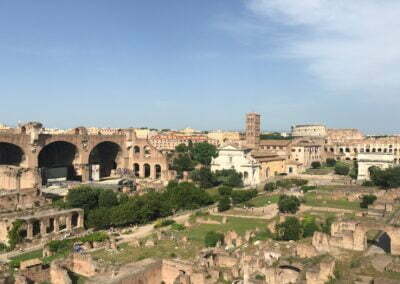The attention of the Persians to astronomical studies has meant that since ancient times they have developed a calendar which, to this day, has remained the most precise in existence. Unlike most of the ancient oriental peoples, they prefer to adopt a measurement system based on the course of the sun rather than that of the moon, which is easier and more immediate to acquire. It is very likely that this was also a form of homage to the supreme solar god Ahura mazda and to fire, the cornerstone of ancient Mazdeism and Zoroastrianism. The original Achemendian calendar was then recalibrated and perfected at the end of the 11th century. At the behest of the Seljuk sultan Jalal ad din malik and in his honor it was also called the jalali calendar. After almost two centuries of abandonment, it was reintroduced in Iran only in 1922 in the last years of the reign of the Turkish kajara dynasty, at the insistence of the Iranian nationalist and patriot Key khosrow shah Ruh, who saw one of the cultural upsets of the country in the recovery of the ancient calendar. . Particularly favored during the period of the Shahs of the Pahlavi dynasty, the Persian calendar also spread to Afghanistan in 1957, with the only difference that here the zodiacal months are indicated in Arabic rather than Persian. Western measures the average solar year in 364.2424 days starting and starting from the spring equinox 21v March.It also establishes which leap years should be not through a numerical rule (one day every four years as a Gregorian calendar) but of the astronomical observation of the spring equinox. in other words, by carefully measuring the average solar day corresponding to the first of the year, it is possible to understand if it is necessary to indicate the leap year. This apparently emoiric system means that while our Gregorian calendar presents an error of one day every 3,226 years. (And this despite the rule that secular years whose first two digits are divisible by 4 do not want leap years) the Persian one needs a correction only every 141,000 years. As for the calculation of the years, even the Persian one, like all Islamic systems, begins with the flight of Muhammad from Mecca to Medina but while the normal Islamic hegiretic calendar is lunar, so 345 days the Persian one is solar, that is 365. Gregorian year 2015, which corresponds to the Hegiretic Islamic year 1436, is winter 1393 for the Persian calendar. The difference is therefore 43 years and is growing continuously. The sequence of months in the Persian calendar is as follows:
Farvardin: March 21 – April 20
Ordibehesht: April 21-May 21
Khordad: May 22-June 21
Tir: June 22 – July 22
Mordad: July 23 – August 22
Shahrivar: August 23 – September 22
Mehr: September 23-October 22
Aban: October 23 – November 21
Azar: November 22nd – December 21st
Day: December 22nd – January 20th
Bahman: January 21 – February 19
Esfand: February 20 – March 20
as you can see, the first 6 months are 31 days, the next five are 30 days, and the last one is 29, but it becomes 30 in leap years.

ANNO 7756 Ariai mitrai
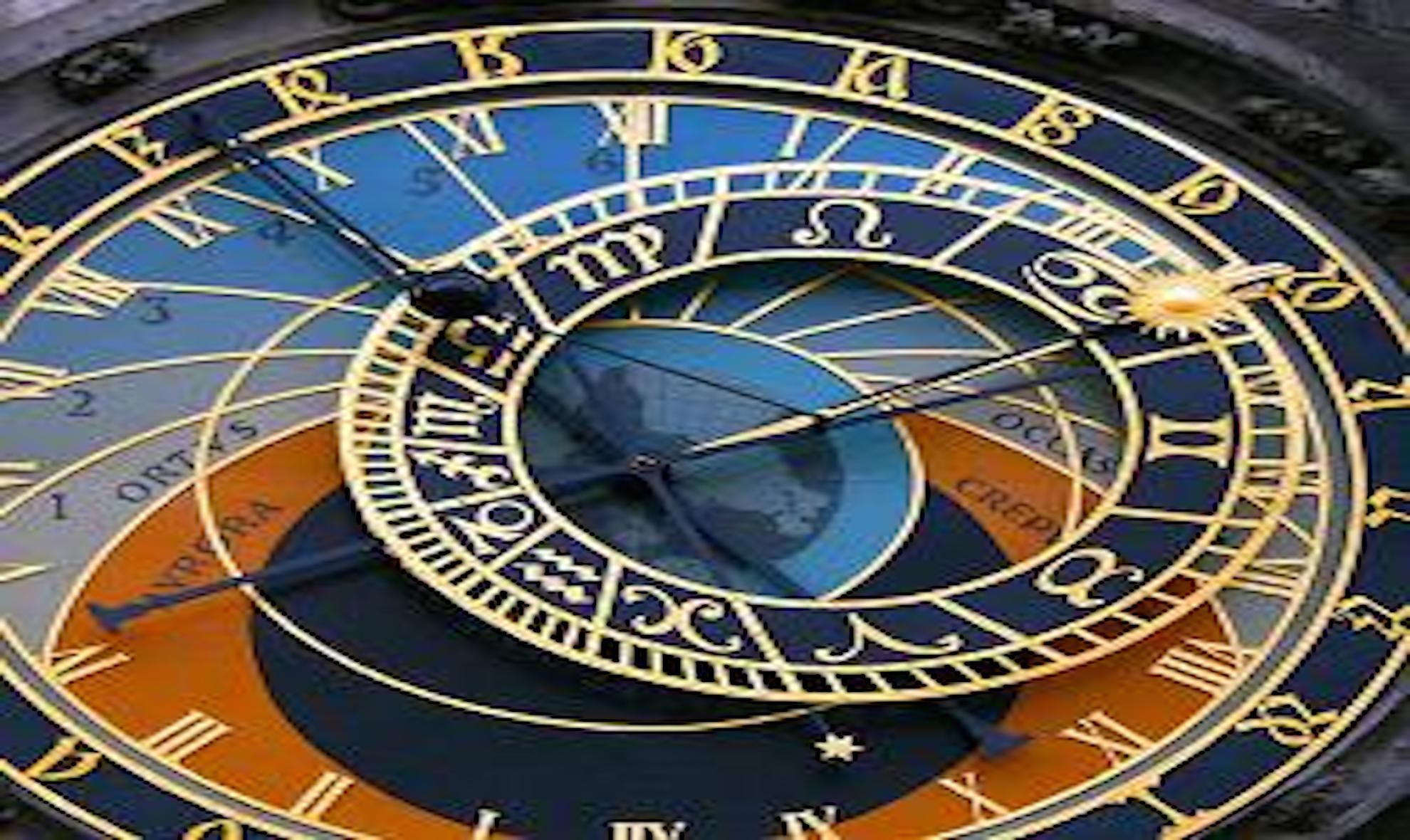
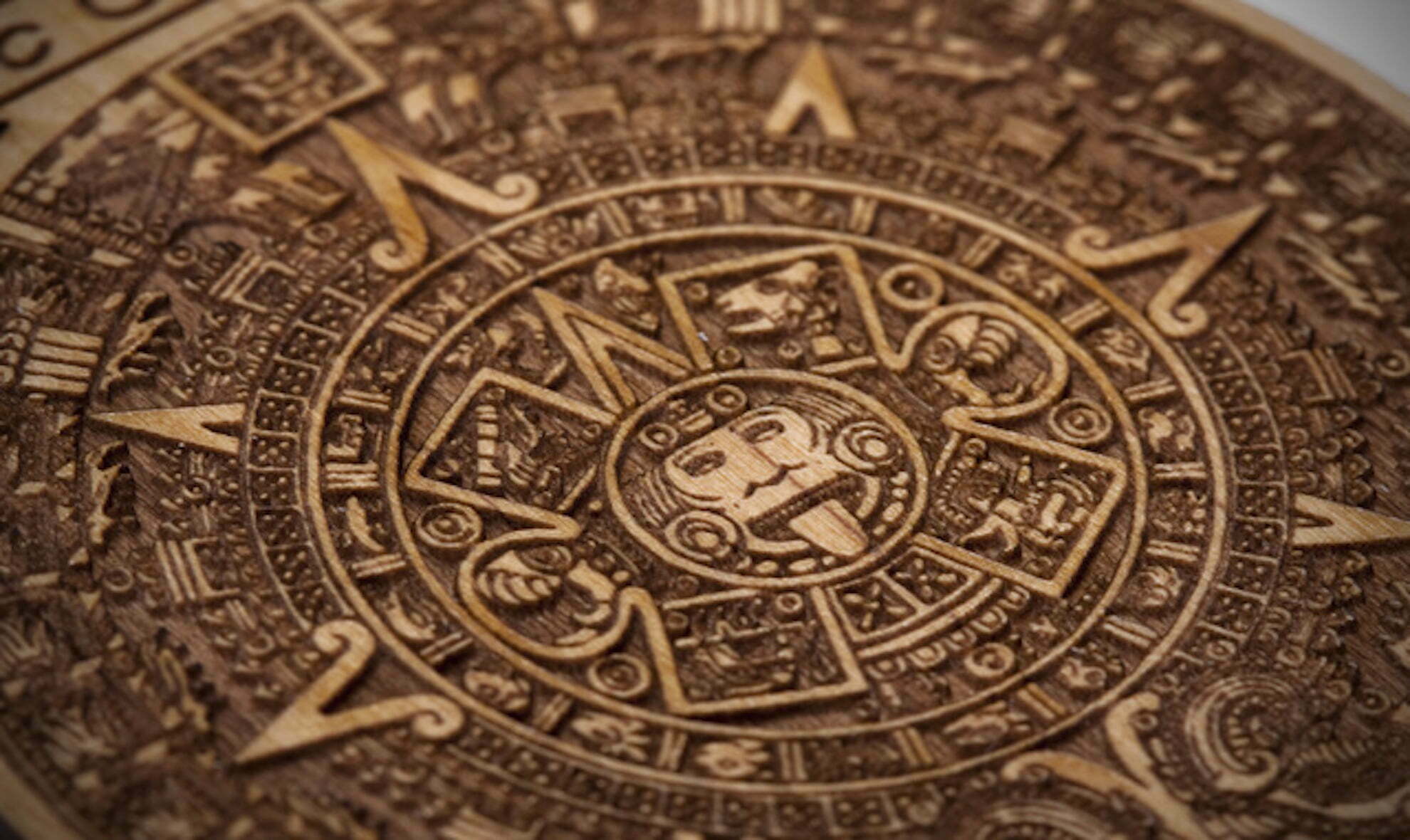
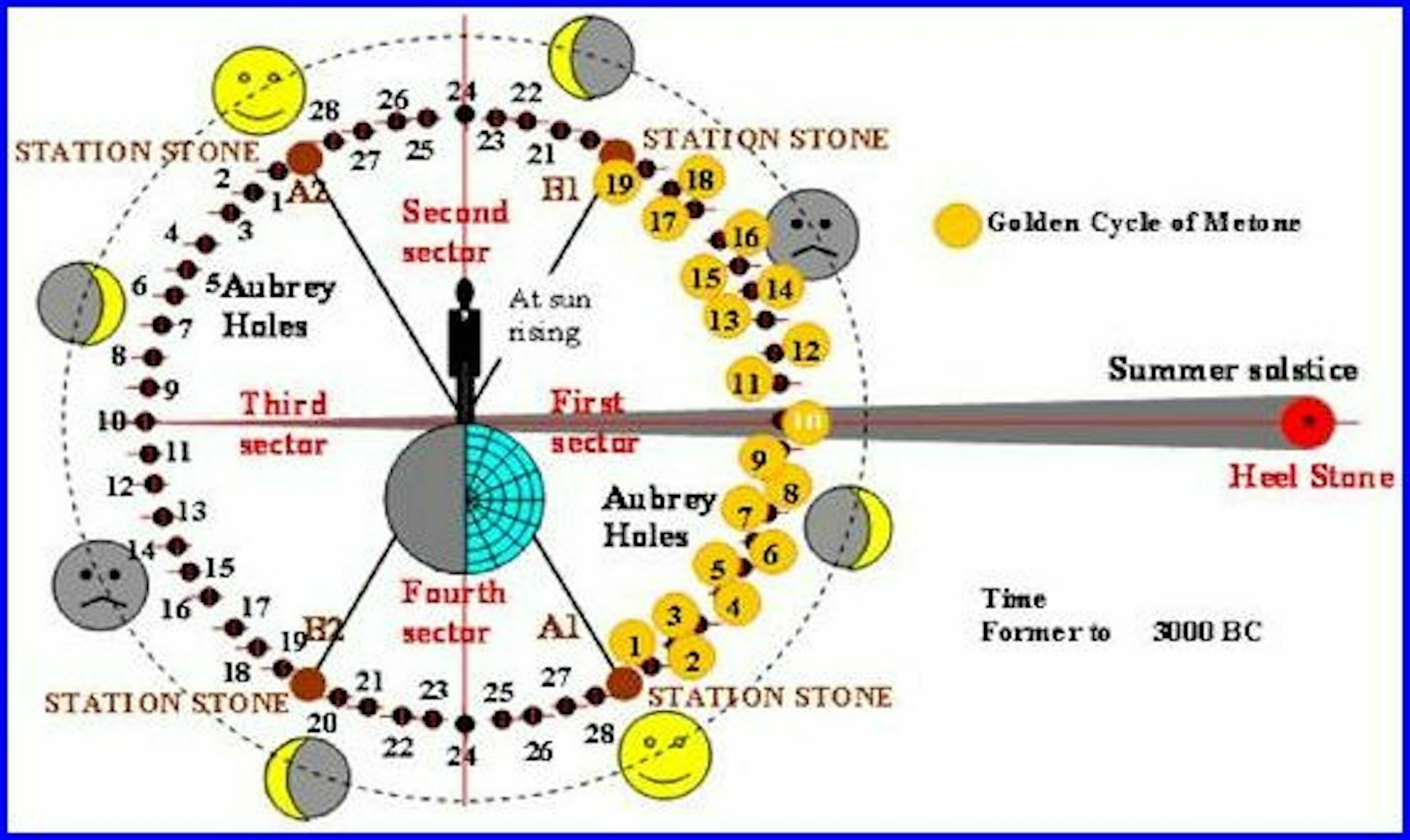
CICLO LUNISOLARE
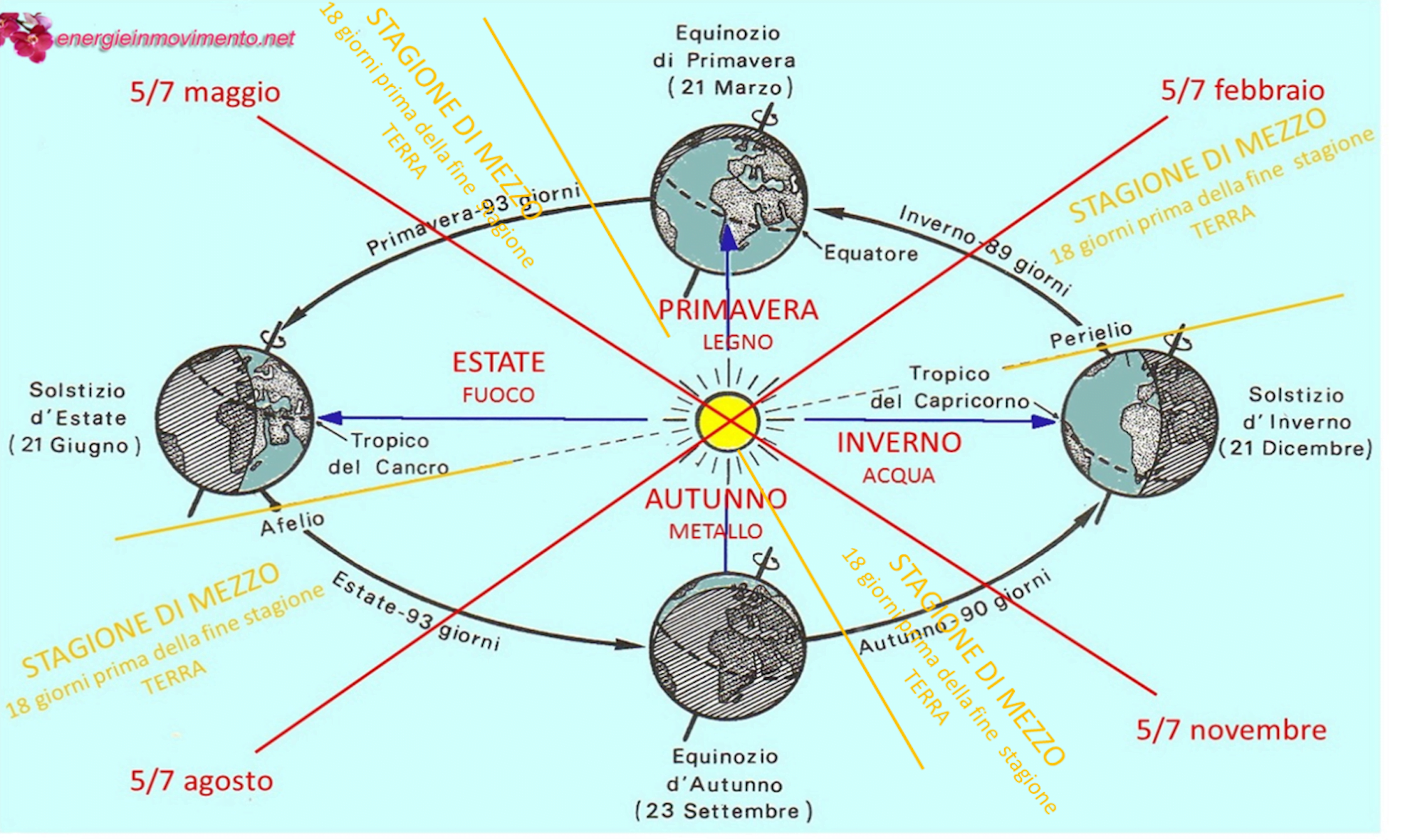
LE STAGIONI
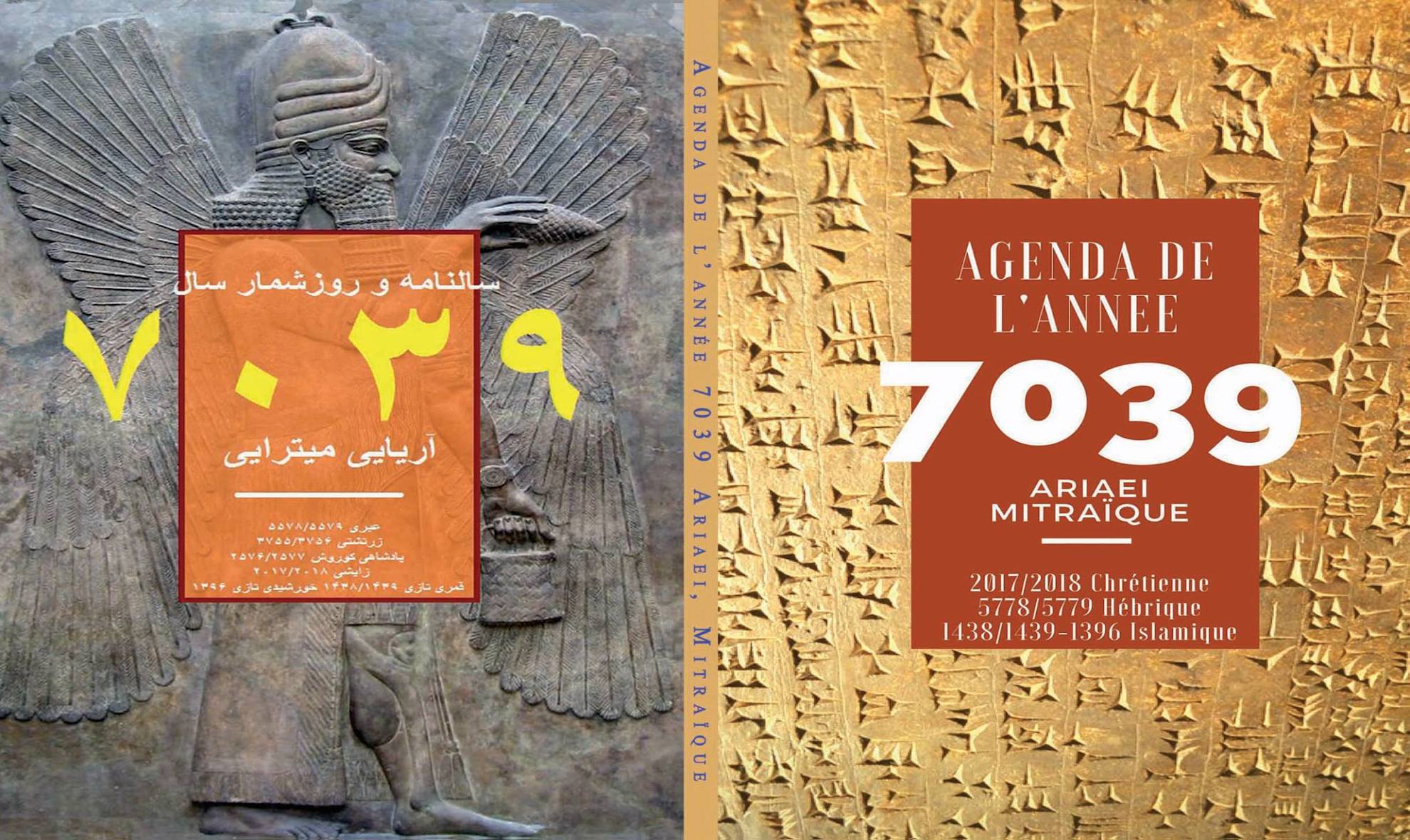
CALENDARIO
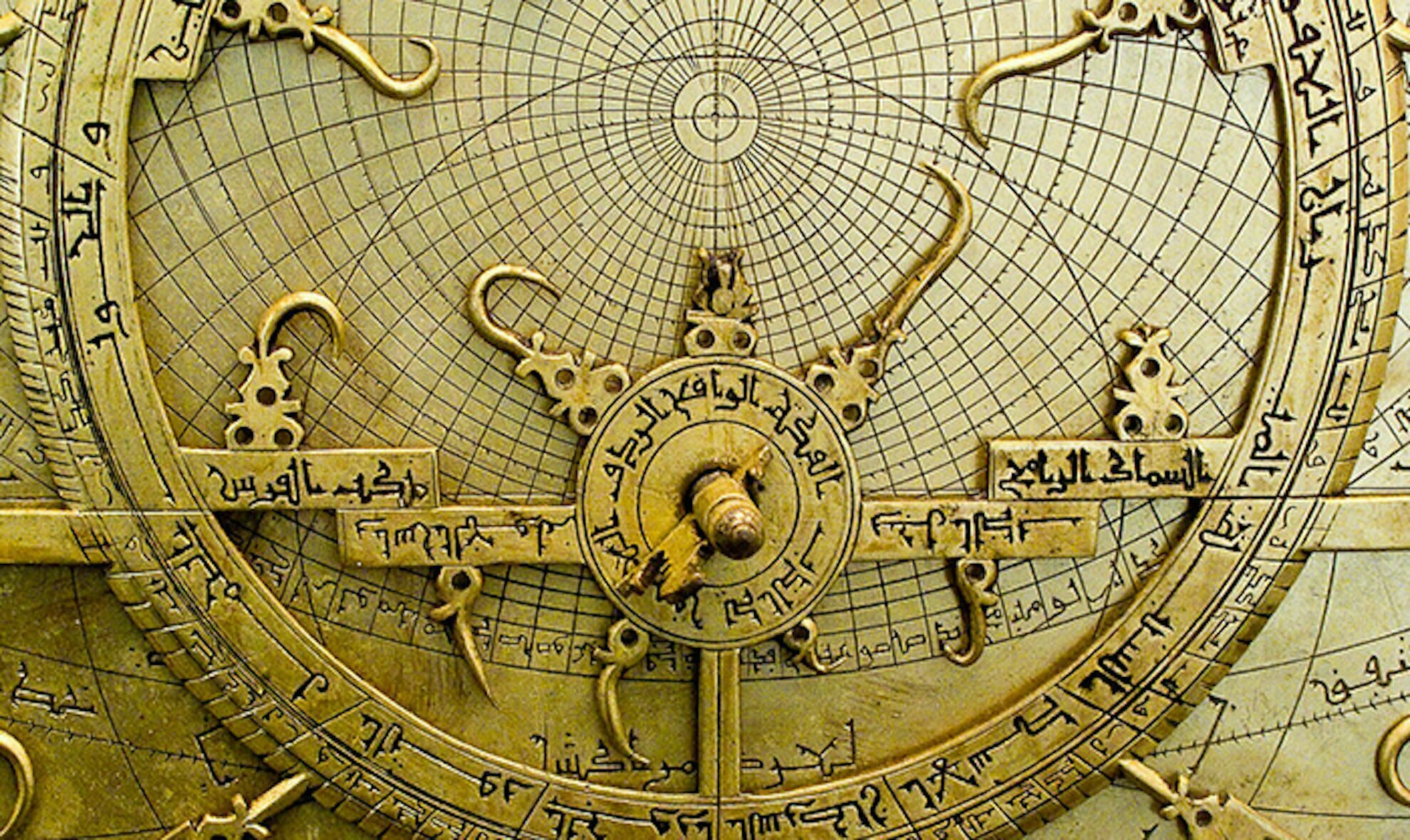

CALENDARIO GREGORIANO
La mia esperienza iraniana inizia nel settembre del 2017. Durante questi mesi ho conosciuto un Iran inedito, giovane e progressista, che vive combattendo non solo con restrizioni e censure, ma anche con rigidi stereotipi che arrivano dall’Occidente. Una realtà dinamica dove il fermento culturale è inarrestabile, immagine



